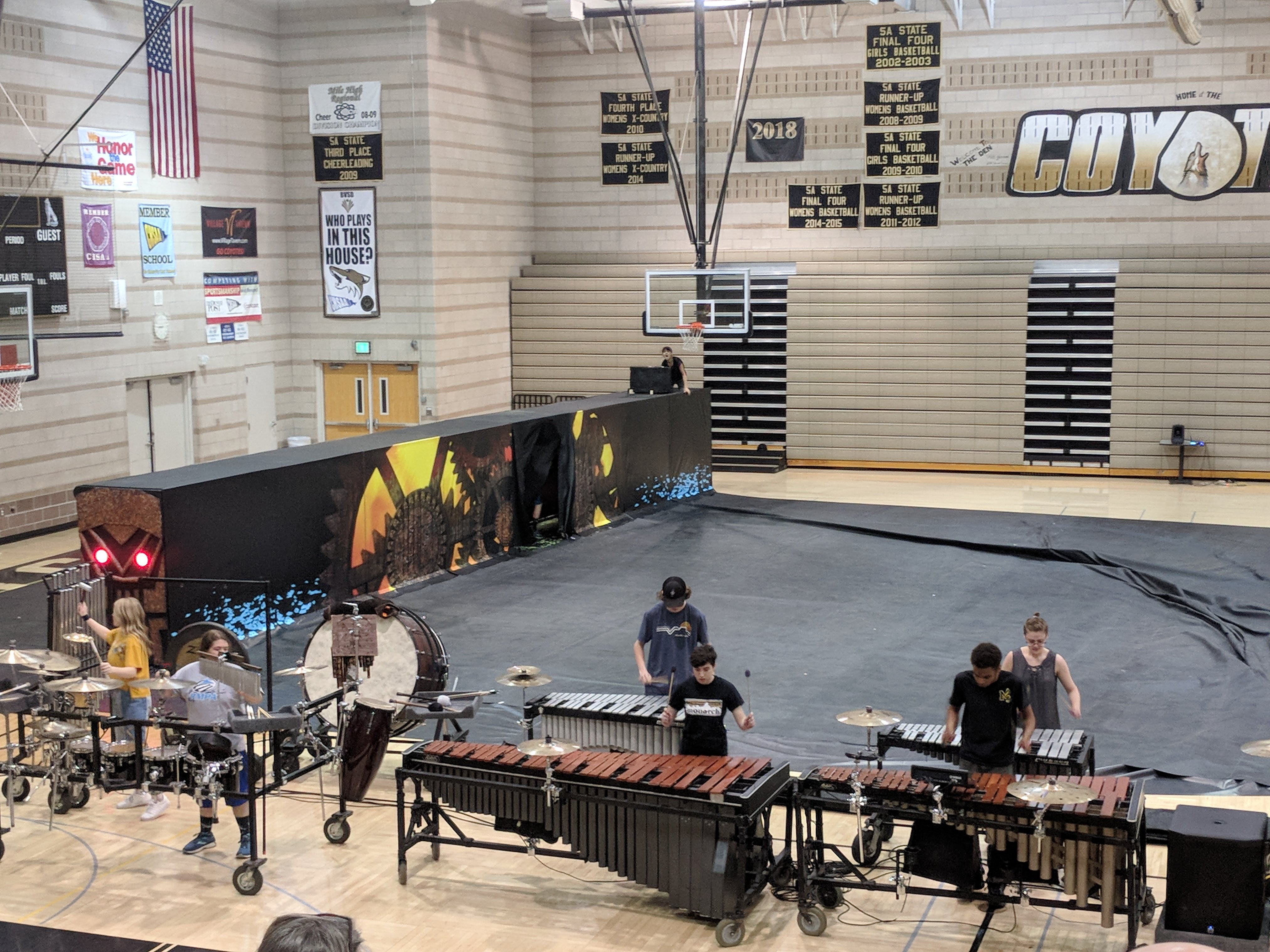- Home
- Photoshop ecosystem
- Discussions
- Re: Scaling 1920x1080 image for large printing
- Re: Scaling 1920x1080 image for large printing
Scaling 1920x1080 image for large printing
Copy link to clipboard
Copied
Hello,
I have a customer who wishes to print an image of the side of a Transit Van, no measurements have been given but for the sake of this thread let’s say the printing area is 5m x 7m.
They’re wanting to put an image on the side that is 1920x1080 at 96dpi,
I wish to advise them on potential problems they may encounter but i also don't want to misinform them so I want to be sure my information is correct before passing it onto the customer, as I'm not used to printing large images and usually deal with vectors which is much more easier when scaling.
please pick me up if I’m incorrect;
“I’ve attached a large collection of images for you to choose from – I’d keep in mind that when printing on to something as large as a vehicle that Pixels and DPI play a key part in the overall quality of the print,
For example the images that you’d sent to me have a dpi (Dots per inch) of 96 which literally means 96 ink dots per inch,
when printing on a4 paper 72 dpi is fine but when scaling up to a large vehicle, 72 or even 96 would be much more visible – your images should have 300dpi (This is dependent on the actual size you’re wanting to go to print with, I’m assuming large 4m+, keeping the aspect ratio)
Also, you’re limited to how many pixels the image has when created, 1920x1080, for example, will still have 1920x1080 pixel no matter how large you scale it, the sum is always 1920x1080 = 2073600 pixels even if you scaled it to 4m x aspect ratio,
so it will look good from afar, but far from good up close.
It’s worth speaking with the printing company before committing to any designs as they will have a much better understanding.”
As always, many thanks to everyone who responds and hope it helps someone else out in future!
Explore related tutorials & articles
Copy link to clipboard
Copied
It’s not dpi but ppi that apply here.
And the relevant issue is »effective resolution«, and image’s original resolution is ultimately meaningless in a layout, the effective resolution matters.
Check this out:
What print resolution works for what viewing distance?
For a truck I would expect 72ppi effective resolution to suffice.
So at that resolution the image in question should be fine for a height of nearly 40cm height.
But by upsampling with the method »Preserve Details« or »Preserve Details 2.0« you may get a pretty decent larger result provided the image is »sharpish« and the compression-damage is not bad.
I suppose your estimate of 7m height is not quite realistic.
Copy link to clipboard
Copied
The printing company in question went as far as to provide this;
https://s3.amazonaws.com/PNCGalleries/static/download/NPL_PixelResolutionGuide.pdf
Copy link to clipboard
Copied
5M x 7M ? It must be a bugger to park. Or does 'Transit Van' mean something else where you come from?

Anyway, like you say, why on earth can't they find a more suitable image with sufficient pixels? What is the image? Did they find it, ir take it themselves?
Copy link to clipboard
Copied
And another thing: It might be useful to proof a detail at 1:1 of the ultimate scale to effectively assess the image’s quality.
Copy link to clipboard
Copied
Just so I know I’ve learnt something rather than just passing on what you’d said;
The article you’d supplied was very helpful, particularly with his comment about “billboards getting away with 10ppi” as the viewing distance is so far away it doesn’t matter.
So, dependant on the viewing distance, let’s say for this van it’s 60-80 inches (of course this will vary as it’s a moving vehicle and you can’t guess who’s going to see it and where from) I’d need between 130-100 ppi but this is only a rough guide as he’d pointed out, so rounding that to 96ppi won’t make too big of a difference.
However, I’d just spoken to a printing company and they said that while 96ppi would be okay, 300 ppi would give the best result and the only disadvantage is file size, changing it isn’t that difficult either, so, thoughts on this?
Now, you’d mentioned a height of 40cm that the image in question should look fine at, however I’m going to assume that when printed on the side of a Van/Truck we’ll be talking more 100cm in height, (4mx7m was a bit ambitious haha, id googled the dimentions of the Van and base it off that without thinking that’s not the print dimentions but the overall van dimentions – DOH!) so the resolution of 1920x1080 will not suffice for this job, or will but will not be of great viewing quality.
Reading online they’d need it to be more like 5400x7200 for best results, luckily the images in question are renders and can be recreated to any resolution.
I really appreciate your time on this, i'm trying to learn rather than just getting you to answer for me so many, many thanks for this.
Copy link to clipboard
Copied
However, I’d just spoken to a printing company and they said that while 96ppi would be okay, 300 ppi would give the best result and the only disadvantage is file size, changing it isn’t that difficult either, so, thoughts on this?
Ah, the magic “300 ppi” value! Sigh.
Moving on… I would suggest that 300 ppi would give better results if the 300 ppi were original quality pixels, as opposed to interpolated pixels from a 96 ppi source.
Output quality is often dependent on image content, in addition to input resolution, image quality etc. It also depends on output method, as well as viewing conditions.
As suggested, there are different interpolation methods in Photoshop and some people favour third party programs for resizing. If a certain interpolation method creates better quality (such as edges of text or curved lines, straight lines or diagonal lines) over none or another method, then it is worth using – otherwise simply using the original pixels as is may be better. Depending on content, adding some subtle “smart noise” in key areas may help to add some “life” to a low resolution image.
Copy link to clipboard
Copied
I recently did a large scale graphic for an indoor percussion show. It was for a prop that was 48' x 6.5'. For the viewing distance, it was recommended to design the artwork at 1/12th the scale (1 inch = 1 foot) at 300 dpi. So I made my graphic 48" x 6.5" at 300 dpi.

Find more inspiration, events, and resources on the new Adobe Community
Explore Now
